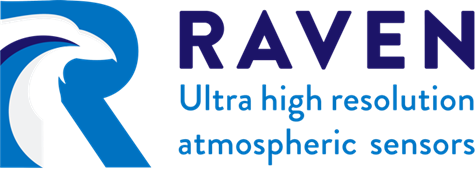AI-powered monitoring of atmospheric pollution
As part of the EU-funded project RAVEN (Revolutionary Accuracy in waVeguide- and photoacoustic-ENabled atmospheric sensors), our team is at the forefront of developing advanced machine learning models to process and interpret data from a new generation of air pollution sensors based on photonic integrated circuits (PICs). These compact, low-power sensors are engineered to detect trace concentrations of gases such as CO₂, CH₄, and NH₃ with high precision across a wide range of environments.
Our primary objective is to transform raw sensor signals into accurate, real-time insights that can improve air quality monitoring and contribute to climate action initiatives. By applying state-of-the-art AI techniques to sensor outputs, we aim to significantly enhance detection sensitivity, reduce signal noise and drift, and ensure robust performance in dynamic, real-world conditions. This data-driven approach is fundamental to creating smarter, more reliable, and scalable atmospheric pollution monitoring systems that align with evolving environmental standards and sustainability goals.
A key part of our contribution is the design and development of a specialized data processing chip, tailored to implement innovative algorithms for on-chip signal analysis. By using quantum-inspired methods and advanced modeling strategies, we bridge the gap between breakthrough hardware capabilities and intelligent data interpretation—paving the way for next-generation environmental monitoring technologies.
This project is carried out in collaboration with 16 research centers, universities, and industry partners from 6 different countries, combining expertise in photonics, artificial intelligence, environmental science, and microelectronics. More information about the RAVEN project can be found here: https://raven-sensors.eu/project/


